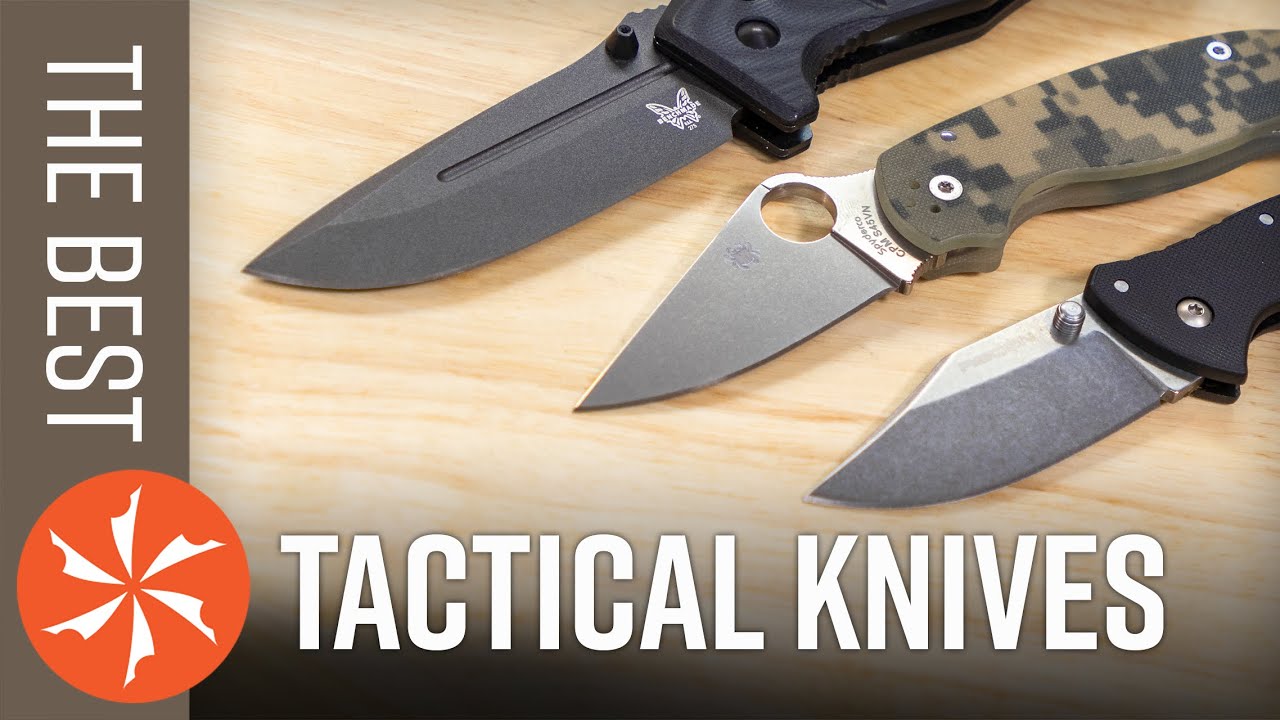
A tactical knife can be used for a variety of purposes. They come in a variety of styles and are available in carbon alloy steel and stainless steel. Some models are designed specifically for military use and feature a liner lock and oval-shaped handles.
Types of tactical knives
Tactical knives are multipurpose tools designed for a variety of uses. These are often used in the military, but are also popular with hunters and other civilians.
Often, a tactical knife is made of a special steel. Stainless steel is the most common, but there are other materials.
The best tactical knife is durable enough to handle rough use. A good one will be tough, but also flexible. In addition, it should have a solid grip. An uncomfortable grip can lead to accidents.
There are several types of tactical folding knives. Some are built with a locking mechanism, and others are equipped with a pocket clip.
Stainless steel vs carbon alloy steel
When purchasing a tactical knife, you want a sturdy steel that can handle a lot of wear and tear. You also need a blade that can hold its edge. Some of the best types of steel are hard, durable, and rust-resistant.
The best choice for a knife is usually a high carbon alloy. These steels are more durable than a standard stainless steel. There are several alloys that have carbon content of up to 3%. This makes them strong and durable but can also be dull and brittle.
Another type of steel is VG-10. This is a premium steel that is similar to 154 CM. It is a rust-resistant, high-carbon steel with added vanadium. Although it is a popular steel, it can be brittle at times.
Blade style
A tactical knife is a self-defense tool designed to be handy in a pinch. It can make a difference in a gunfight, a car crash, or a simple escape. Choosing the right one depends on your own needs and circumstances.
The blade style of a tactical knife is a matter of preference. While some companies opt to make a generic folding blade, others have put some thought into their designs. Some knives are even based on military survival knives.
There are a lot of brands out there attempting to create a tactical knife. However, not all of them do a good job. This means that it is important to choose a model that’s both dependable and functional.
Liner lock
A liner lock is a common blade-locking mechanism used on folding knives. The mechanism makes the knife easier to use in tactical situations.
The lock is composed of a piece of metal that is placed behind the blade. This piece of metal is usually made of titanium, which is extremely strong and resistant to torsional forces. It can hold the blade in place under heavy pressure.
When the blade is opened, it pushes the liner inward towards the handle. However, once the blade is closed, the liner is pushed to the side, keeping it closed. To disengage the lock, you need to move the spring bar inward.
Oval-shaped handles
Oval-shaped tactical knife handles come in a variety of materials. Each material has its own characteristics that make it a good choice for certain knife designs. However, there are a few key factors that should be considered when choosing the right handle for your knife.
A good handle should feel comfortable in your hand. It should also help you use the knife efficiently. For the best results, select a handle that fits your hand and is made of quality materials.
Choosing a handle that will fit your needs will depend on several factors, such as your hand size, the type of knife you want, and the style of grip you prefer. If you are considering a hammer grip, a round or oval handle is ideal. But if you want a thumb or index finger grip, other handle designs may be more suitable.
Karambits for tactical use
If you are in the market for a self-defense weapon, the karambit may be just what you are looking for. These tactical blades are small, easy to conceal, and are designed to be easily used with one hand.
The curved and hooked blade of a karambit is perfect for slashing and ripping through flesh. Karambits have been popular in Indonesia and Southeast Asia for centuries. They are also common in South East Asian island nations like the Philippines.
Traditional karambits are often inspired by the tiger claw. These karambits are meant to be used for fighting as well as threshing, planting rice, and other agricultural duties.
